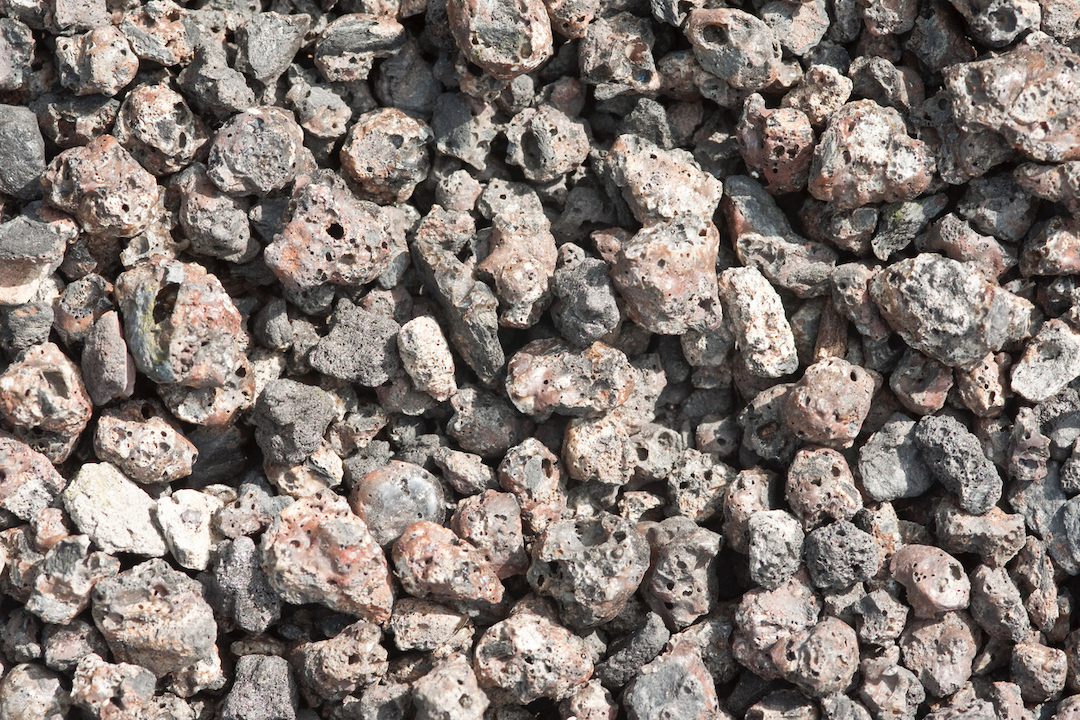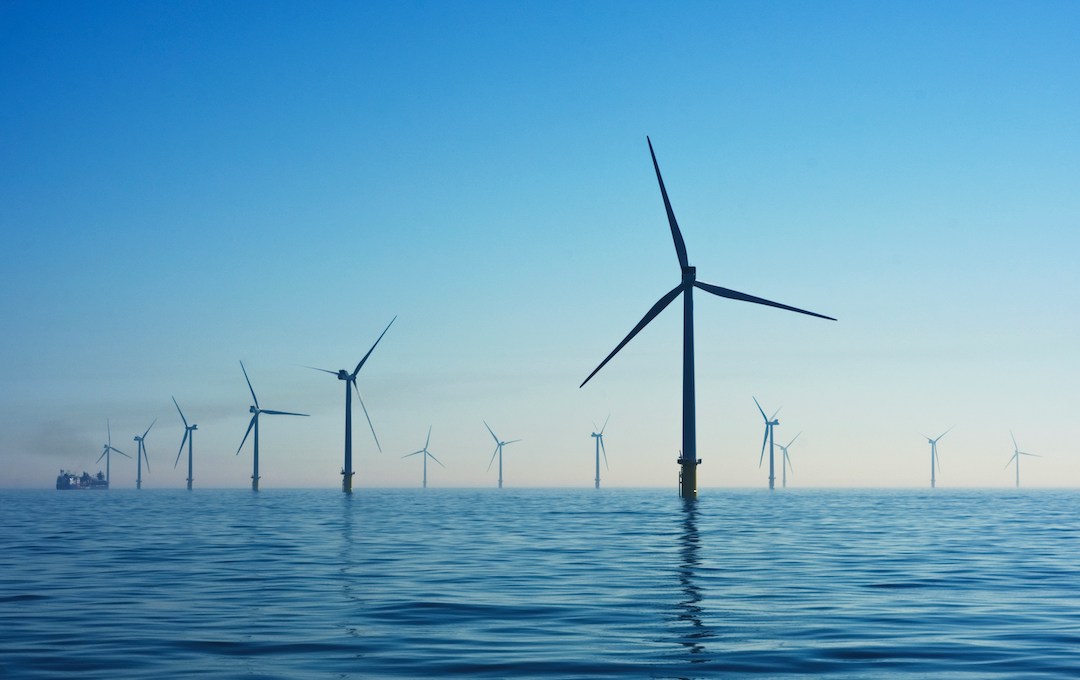The Australian Renewable Energy Agency (ARENA) has announced $59.1 million in funding to be split across 21 groundbreaking research projects.
Each project will target either hydrogen or low emissions iron and steel research with the aim of reducing global emissions and protecting the environment.
While an initial $25 million was offered across two funding rounds, the high calibre of applicants resulted in ARENA increasing total funding to $59.1 million, with each successful applicant receiving a grant between $1.3 million and $5 million. The funds will be released over two stages, starting with core research before moving to commercialisation and upscaling.
According to ARENA CEO Daren Miller, the funding is intended to promote innovation and creativity in the push to reach global emissions targets.
“We’re backing Australian technological innovation that helps build our clean industries and underpins our ambitions of becoming a renewable energy superpower,” he says.
“ARENA has a strong track record in funding and supporting early-stage innovation. Through our strategic priorities, we have highlighted the importance of renewable hydrogen and low emissions metals growing to become a significant export industry.”
Australia is the world’s largest producer of iron ore, currently accounting for 3 percent of international exports annually. By promoting new methods of decarbonisation through the iron and steel value chain, global emissions could be significantly reduced.

Hydrogen H2 molecule model
Project spotlight
A project from Curtin University is attempting to convert hydrogen into powder so it can be safely transported. While hydrogen is often considered a clean energy source, methods of transportation pose challenges to both cost and practicality for this green alternative.
The most common method of turning hydrogen into a power is currently unpopular due to the by-product, known as sodium metaborate, which is left behind during the process and is expensive to recycle. Thus, the team from Curtin’s Hydrogen Storage Research Group (HSRG) have developed a chemical process to revert sodium metaborate back into sodium borohydride, allowing it to be reused in the transportation of hydrogen
“The lower costs attached to this method’s production and transport could make it potentially the cheapest means of exporting hydrogen from Australia,” says Craig Buckley, head of HSRG. “This method could play a part in meeting the rapidly rising global demand for Australian hydrogen.”

Steelmaking slag
A good day for recycling
A team from Macquarie University are focused on the production of low emissions iron and steel, attempting to develop a technology which can separate the high value elements of steelmaking furnace slag (SFS) for reuse in future projects.
According to ARENA, Australia produces one million tonnes of steelmaking furnace slag every year. Slag contains around 20-30 percent iron oxide, 40-60 percent calcium oxide and 5 percent phosphates. However, while oxide and phosphate must be separated before recycling can occur, a process which has proven difficult and not commercially viable.
As such, the Macquarie University team seek to develop a method of upcycling SFS by using a hydro-separation process which removes calcium silicate, iron phases and phosphorus from the slag before separating each component through a process of staged precipitation. After this separation, the calcium oxide and iron can be reused in the steelmaking procedure, while phosphorus can be turned into fertiliser.
There are several more exciting projects being funded by ARENA, led by research teams from some of Australia’s top universities, research organisations, startups and companies. ARENA is hopeful that the funding will support significant developments in the move towards clean energy.
To learn more about methods of reducing carbon emissions, click here.

